Fisher Model & Pattern | 1/32nd Sea Fury FB.11
Reviewed by Jay Laverty

Doesn't Happen Often
It is a very rare occurrence when a model leaves me stunned. The MDC Typhoon did it, the Tamiya A6M2 was deeply impressive, and a few Trumpeter kits have left a big impression, but aside from the MDC Typhoon, nothing has had this kind of impact on me.
The greatest impression that comes from the early examination of this kit is the professionalism with which it is executed. Obviously great care has been taken to ensure that every aspect of the model is as perfect as humanly possible, and it shows. Touches like the Canopy being dipped in Future, an incredible array of interesting markings, single cast fuselage, and cowling, all show a passion for model production by Paul Fisher, that in my opinion puts him in a small class of producers that excel above an beyond the norm in this industry. This is quite clearly one of the best model kits ever produced.
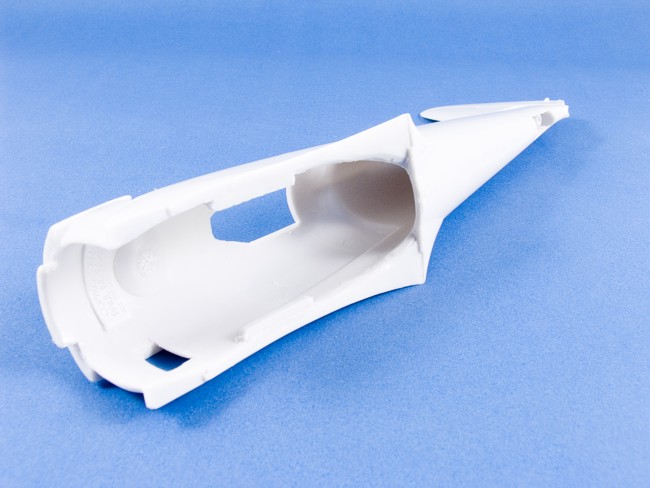
Attention to Detail
Throughout the model, the level of attention that has been paid to all of the components is a testament to the dedication of both Roy Sutherland and Paul Fisher. Obviously they have both scoured over as much information as they can possibly find about Sea Fury's and any mistakes will be down to genuine honest mistakes, as opposed to a lack of looking for the information. Speaking of which, after having a pretty good look at the information I have to hand, using the Warpaint series book, Squadron Signal in Action, and some references I have taken out from the library, I can pretty safely say this is a very accurate representation. The panels line up where they should, and in particular the cockpit is an excellent representation. The finesse of all of the detail shows the masterful skills of Roy Sutherland in full form.

As you can clearly see from the accompanying photographs, the wheel wells are particularly nice, and adorned with some very nicely represented wiring as well as framework. I was also deeply impressed with the wheels and the hubs, both being very nicely rendered, and being separately cast, this will make painting much simpler.
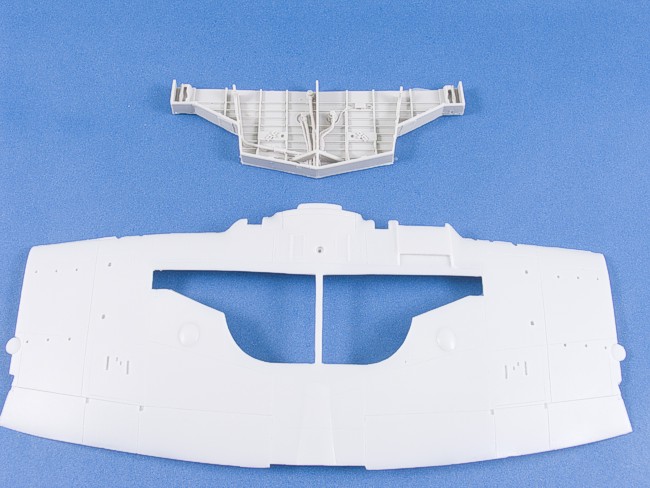
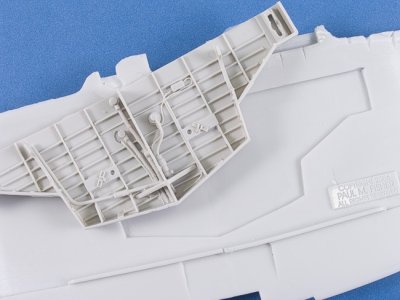
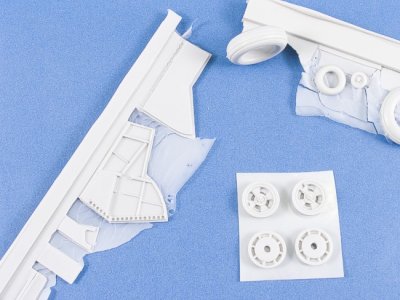
The engine is a simple representation of the Bristol Centaurus, but considering how little will be visible, if any at all, I am glad I do not need to spend along time assembling, detailing and painting something that will be hidden away when the model is finished. The shape of the spinner and blades is fantastic, and of particular usefulness, is a template for laying out and assembling the blades into the spinner that will ensure the correct pitch is represented with the blades.

Cast in high quality brass, the landing gear is a superb representation, and while cutting brass parts away form their casting lugs has to be one of my least favourite tasks when building models, it is a small price to pay for the stability and detail that the medium offers.
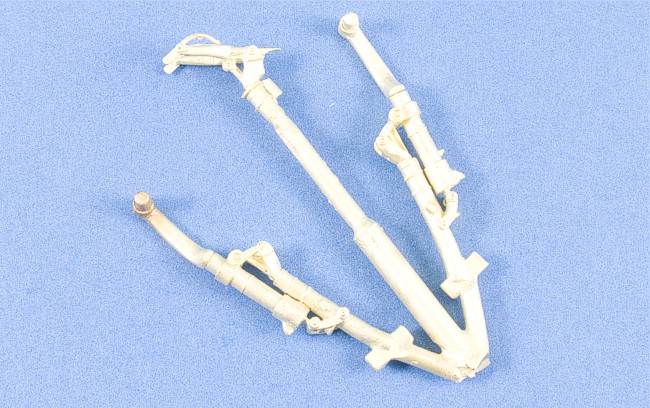
The rest of the detail, the undercarriage doors, various mechanisms, and the clear parts, are done to such a level that it is plainly obvious these will come to life under a coat of paint ad a good wash.

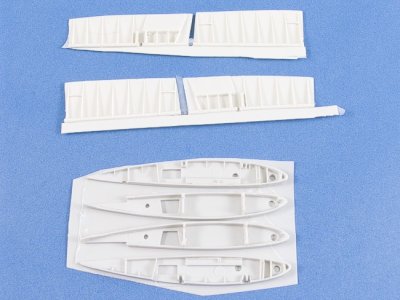

The decals have been designed by Jennings Heilig, long a name associated with quality research, and excellent work ( I have had the pleasure of being involved in the development of Hannants TSR.2 decals with Jennings ) and without even testing the decals I know they will be of the highest quality, being printed by the Italian masters, Cartograph.
The instructions are a thorough and involved affair with over a dozen pages of photographically illustrated step by step process illustrations, that clearly and plainly describe each step with clarity. There is a very personal and refreshing message at the opening of the instructions ( with a welcome and appreciated mention of yours truly as well! ) with a note of thanks from both Paul and Susy Fisher, rounding out the professionalism and dedication to quality that this entire model has been executed with. I am a firm believer in the theory "It's nice to be nice" and these are some very nice people, making very, very nice models. What more could you ask for really?
More to Come
This is simply one of the best models I have ever had the pleasure of examining. I am very anxious to build it, and it will not be long before you see a complete build article here and in print from me. After some early examination of the fit of the model, the only slight problem I could find was a gap along the bottom of the wing where the lower meets the upper, but this is nothing that will not be easily fixed using some putty.Every other last detail looks like it will slide, lock and join into place with incredible ease, and this model is a perfect example of how far the technology of creating resin models has come in the last couple of years. We mustn't forget that the mentality is that resin kits are for very experienced modellers only, and we are somewhat spoiled by the likes of MDC, Marsh Models, as well as Fisher models as they are producing models in resin that are far more accessible to all levels of modeller, and bringing subjects that would previously have never been attempted by the average modeller.
As if you hadn't guessed by now, this model comes highly recommended by me, and I encourage anyone who was contemplating this model to go for it. It is more than worth every penny of it's price. This model is a perfect example of quality inform, and the notion "you get what you pay for" comes to mind. If what you are after is a pleasurable modelling experience where you do not have to spend a long time adding detail to poorly rendered parts, correcting and replacing erroneous details, then I would say this is the model you want to pick up. Where resin kits would previously have been allot of difficult work, it is very obvious this will be a pleasant project to take on. As I said, watch out here and in the works here on LSP for a build article by me.
If you are into music have a look at Paul's custom guitars!
My thanks to Paul Fisher for the review sample.
© Jay Laverty 2006
This product is available from the following LSP sponsors
This review was published on Saturday, July 02 2011; Last modified on Wednesday, May 18 2016
